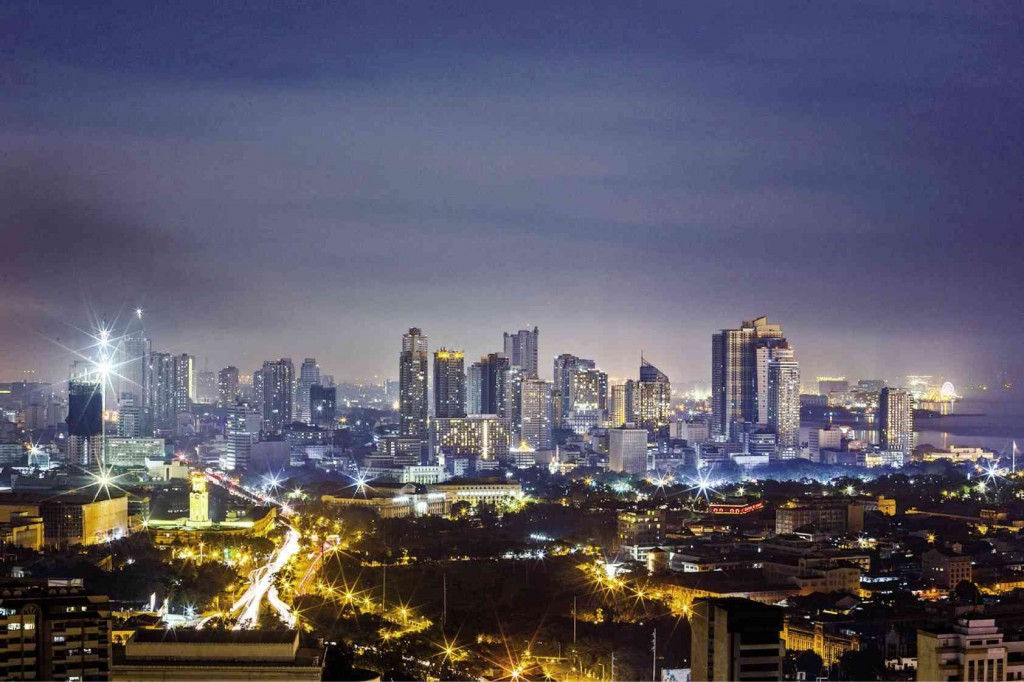PH ranked ‘most conducive’ for financial
inclusion in Asia, 4th globally
Daxim L. Lucas
Philippine Daily Inquirer
21 November 2018
inclusion in Asia, 4th globally
Daxim L. Lucas
Philippine Daily Inquirer
21 November 2018
 |
| The Philippines gets a good review for having the most conducive environment for financial inclusion in Asia and the fourth best globally. FILE PHOTO/JILSON SECKLER TIU
The Philippines has the most conducive environment for financial inclusion in Asia and the fourth best globally thanks to innovative efforts by regulators to bring more citizens into the formal economy, a new study revealed.
In a press statement, the Bangko Sentral ng Pilipinas cited the 2018 edition of a cross-country evaluation called Global Microscope, which ranked the country at the top along with India as having the best environment in the region for encouraging so-called unbanked citizens into participating in the financial system.
Globally, the Philippines came in just behind Peru, Colombia and Uruguay the survey conducted among 55 jurisdictions.
The study is regularly undertaken by the Economist Intelligence Unit, and the latest edition looked at government and policy support; stability and integrity; products and outlets; consumer protection; and infrastructure. Since 2009, the Philippines consistently belonged to the top-ranked countries in terms of having an enabling environment and regulatory framework for microfinance and financial inclusion.
The report noted that the BSP “has been ahead of the curve in identifying opportunities and setting guidelines for financial inclusion.”
It recognized that the central bank’s focus on “creating a digital finance ecosystem has led to the introduction of a sound payments infrastructure that helps various financial sector players to reduce their costs and further their outreach.”
According to the report, the top performing countries demonstrated strong government support and commitment to financial inclusion as evidenced by a national strategy which facilitates coordination among various stakeholders.
These countries have balanced policies and regulations that enable different types of institutions to offer financial services to the low-income population. Another common strength among top-ranked countries is the ease with which customers can access a variety of financial products and outlets because there are no disproportionate requirements to open an account or avail inclusive insurance products.
Several enablers of financial inclusion in the Philippines were cited such as the enhanced regulations on pawnshops and money service businesses, and regulation on cash agents and “branch lite” units to further extend the reach of financial services. There is also interoperability among agents allowing a wide variety of actors to function as outlets via commercially viable models.
The coordination between the public and private sector under the National Strategy for Financial Inclusion has produced positive results such as the increase in the percentage of municipalities with at least one financial service access point from 88 percent in 2015 to 92 percent in 2017./ac
|


No comments:
Post a Comment